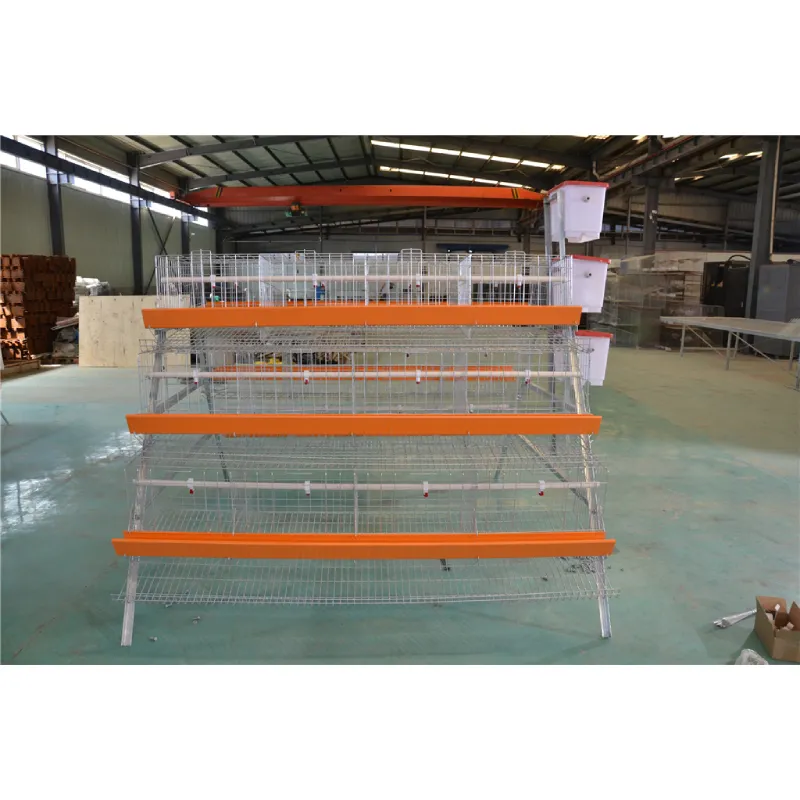Exploring the Benefits and Efficiency of Vertical Feed Mixers for Animal Nutrition Solutions
Jul . 27, 2024 16:46 Back to list
Exploring the Benefits and Efficiency of Vertical Feed Mixers for Animal Nutrition Solutions
The Importance of Vertical Feed Mixers in Modern Farming
In the ever-evolving agricultural landscape, efficiency and productivity have become paramount for farmers looking to maximize their output while minimizing labor and waste. Among the myriad of equipment that has revolutionized animal husbandry practices, vertical feed mixers have emerged as indispensable tools for livestock management. These machines play a vital role in ensuring that livestock receive the proper nutrition necessary for optimal growth, health, and productivity.
Understanding Vertical Feed Mixers
Vertical feed mixers are specialized equipment designed to combine various feed ingredients into a homogenous mixture. Unlike horizontal mixers, which rely on a rotating mixing mechanism along a horizontal axis, vertical mixers utilize a vertical auger system. This design facilitates thorough mixing of both dry and wet feed components, ensuring that each animal receives a consistent and balanced diet.
The reliable and efficient mixing capability of vertical feed mixers stems from their unique design. The vertical auger draws material from the bottom of the mixing chamber and moves it upwards, creating a continuous flow that enhances uniformity. This ensures that ingredients such as grains, silage, protein supplements, and minerals are evenly distributed, thereby preventing nutrient deficiencies and maximizing feed efficiency.
Benefits of Vertical Feed Mixers
1. Enhanced Feed Efficiency The ability of vertical mixers to achieve a uniform blend allows for better nutrient absorption by animals. With a well-mixed feed, livestock can utilize their feed more efficiently, which translates to improved weight gain, milk production, or egg output, depending on the type of livestock.
vertical feed mixers

2. Versatility Vertical feed mixers can be used with a wide variety of feed ingredients, accommodating different diets as per the needs of specific animals. This versatility is particularly important for mixed farming operations that raise multiple species of livestock.
3. Labor Saving With the automation capabilities of modern vertical mixers, the need for manual mixing is significantly reduced. Farmers can save valuable time and labor, allowing them to focus on other essential aspects of their operations, such as monitoring animal health and managing grazing.
4. Reduced Feed Waste Uniform feed mixing minimizes the likelihood of feed segregation, which can lead to waste and reduced animal performance. An effective feed mix means that animals receive all essential nutrients in the right proportions, minimizing leftover feed and spoilage.
5. Improved Health and Well-being of Livestock Consistent nutrition is key to the health and performance of livestock. By ensuring that animals receive a balanced diet, farmers can mitigate health issues related to poor nutrition, leading to lower veterinary costs and improved animal welfare.
Conclusion
As the global demand for livestock products continues to rise, farmers are seeking smarter solutions to enhance productivity while maintaining high standards of animal welfare. Vertical feed mixers stand out as a critical innovation in this quest. By promoting efficient feed mixing, reducing waste, and improving overall livestock health, these machines contribute not only to the profitability of farms but also to the sustainability of agricultural practices.
In summary, the integration of vertical feed mixers into modern farming operations is not just a trend but a significant step toward achieving a more productive and sustainable agriculture sector. As farmers continue to embrace technology and innovation, the role of vertical feed mixers will undoubtedly grow, shaping the future of livestock nutrition and management.
-
Hot Sale 24 & 18 Door Rabbit Cages - Premium Breeding Solutions
NewsJul.25,2025
-
Automatic Feeding Line System Pan Feeder Nipple Drinker - Anping County Yize Metal Products Co., Ltd.
NewsJul.21,2025
-
Automatic Feeding Line System Pan Feeder Nipple Drinker - Anping County Yize Metal Products Co., Ltd.
NewsJul.21,2025
-
Automatic Feeding Line System - Anping Yize | Precision & Nipple
NewsJul.21,2025
-
Automatic Feeding Line System - Anping Yize | Precision & Nipple
NewsJul.21,2025
-
Automatic Feeding Line System-Anping County Yize Metal Products Co., Ltd.|Efficient Feed Distribution&Customized Animal Farming Solutions
NewsJul.21,2025






